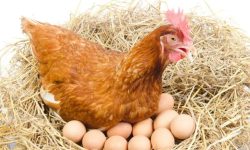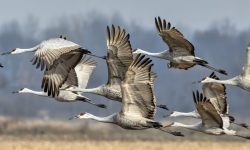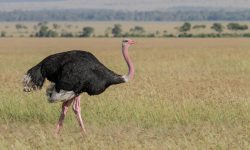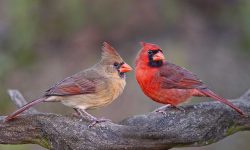Owls are among the most mysterious and captivating creatures in the animal kingdom. Known for their nocturnal habits, haunting hoots, and wide eyes, they have long captured the imagination of people around the world. But one of the most intriguing questions that arise when talking about owls is: What is a group of owls called?
If you’ve ever wondered about the social structure of these fascinating birds, you’re not alone. In this article, we will explore the term used to describe a group of owls, why they gather in groups, and some interesting facts about these nocturnal hunters. So, let’s dive into the truth behind the term!
What Is a Group of Owls Called?
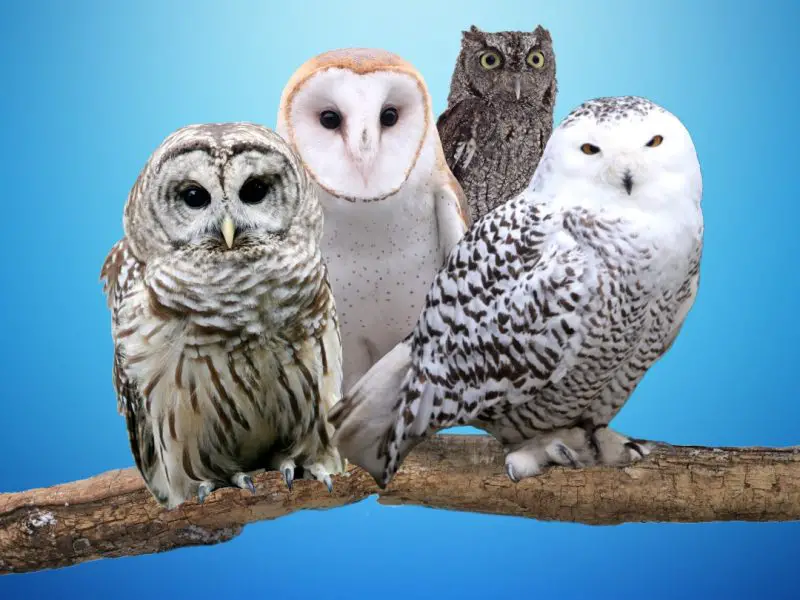
Unlike some birds that are commonly seen in flocks, owls are generally solitary creatures, often seen alone or in pairs. However, they do come together in groups under specific circumstances, and there is actually a unique term for such a gathering. The term used to describe a group of owls is called a parliament.
The Significance of the Term “Parliament”
The word “parliament” is believed to have originated in the 14th century and was used to describe a gathering of wise individuals or leaders. The term has a strong association with wisdom, which is why it is often attributed to owls. Owls have long been symbols of wisdom, knowledge, and mystery, particularly in Western cultures. This connection is likely rooted in the ancient Greek mythology surrounding Athena, the goddess of wisdom, who was often depicted with an owl.
A “parliament” of owls, therefore, evokes the image of a wise council coming together to deliberate, much like how owls are often seen as wise and solitary creatures. The term also underscores the unique, almost mystical aura that surrounds these birds, as they have been revered by different cultures for centuries.
When Do Owls Gather in Groups?
Though owls are typically solitary, they do occasionally come together in groups, particularly in certain environments or circumstances. These gatherings are not as frequent as those seen in more social bird species, but when they do occur, they are fascinating to observe.
Mating and Breeding Seasons
During the mating season, some owl species may come together in temporary groups. Male and female owls will pair up for the purpose of reproduction, and it’s during this time that they may briefly gather in close proximity to other owls. However, these groupings tend to be short-lived, as the focus shifts to individual nesting and raising offspring.
Some owl species, such as the barn owl or the great horned owl, will stay together in pairs for the duration of the breeding season, with the male typically assisting the female in hunting and protecting the territory. These groupings are more focused on family units than large congregations of owls.
Roosting in Groups
Another situation where owls may gather in groups is during the winter months, particularly in areas where food is abundant. Owls can roost in communal groups for warmth and safety, though these roosts tend to be more loose and temporary. For example, several owls might gather in an area with plenty of food and cover, especially if the weather is harsh. This kind of roosting behavior is more common in species like the barn owl or the snowy owl, where there may be a greater need for warmth and protection from predators.
It’s important to note that while owls may roost together in these conditions, they do not interact in the same way that social birds like crows or sparrows do. They tend to keep to themselves, even in a group setting, and do not engage in social behaviors such as grooming or playing.
Migratory Patterns
Migratory owls are also known to come together in larger numbers during migration periods. For example, the long-eared owl is a migratory species that can sometimes be seen in flocks during migration. These owls may gather for travel purposes, though they typically disperse once they reach their destination. This behavior is not as common as it is in more social migratory birds, but it does occur occasionally, particularly when food is abundant or during particular seasonal changes.
Food Availability
In areas with an abundant supply of food, owls may also gather together temporarily. For instance, during the peak of a rodent population boom, owls may gather to take advantage of the available prey. This is especially true in areas where food sources are dense, such as fields and farmlands. In such situations, owls may come together in numbers, though they still remain largely solitary in terms of behavior, only congregating because of the available food.
Types of Owls That Form Groups
Not all owl species exhibit group behavior, and the likelihood of an owl gathering in a group depends largely on the species. Some owls are solitary by nature, while others are more likely to tolerate or even prefer the presence of others in certain circumstances. Let’s take a look at some owl species that are more likely to form groups.
Barn Owls
Barn owls are perhaps one of the more social owl species, particularly when it comes to roosting. During the non-breeding season, barn owls have been known to roost in groups, especially if food is plentiful. These owls are typically solitary hunters but are not averse to being in close proximity to one another when necessary.
Snowy Owls
Snowy owls are another species known to occasionally gather in groups. This is most commonly seen during the winter months, especially in the northern regions of the world. During times of food abundance, snowy owls may come together in loose roosts, though they are still not as social as other birds. These owls are solitary hunters, but their adaptability to harsh environments can sometimes lead to them being found in larger groups when food is plentiful.
Long-Eared Owls
Long-eared owls are migratory birds that are sometimes seen in small groups during migration. While these owls typically nest alone or in pairs, they have been known to congregate during migratory seasons, particularly when traveling along established migration routes. However, their group behavior is typically brief, and they will soon disperse once they reach their destination.
Great Horned Owls
Great horned owls are typically solitary but can sometimes be found in pairs during the breeding season. While they do not tend to form large groups, they may briefly come together during the breeding season or when there is an abundance of food. These owls are fierce hunters and are usually seen alone, although they may occasionally roost together when conditions permit.
The Social Behavior of Owls
Owls are not highly social animals, and their interactions are generally limited to specific times of the year, such as during breeding or migration. Most owls are solitary hunters, using their keen eyesight and silent flight to capture prey. However, even in solitary existence, owls exhibit fascinating social behaviors, particularly when it comes to mating and parenting.
Mating Rituals
Owls often engage in elaborate courtship rituals to attract a mate. These rituals include hooting, displays of flight, and mutual preening. Once paired, male and female owls will work together to establish a territory and raise their young. While the courtship may involve interactions with other owls, once the pair is established, they generally focus on raising their offspring in isolation.
Parenting and Family Units
After mating, many owl species form tight-knit family units. The male typically helps the female hunt and protect the territory, while the female takes on the role of incubating the eggs and raising the young. Once the young owls, called owlets, are old enough, they will leave the nest and begin to learn how to hunt on their own. The parents may continue to provide food for a while, but the young owls eventually become independent.
Interesting Facts About Owls
Owls are fascinating creatures, and there is much to learn about these enigmatic birds. Here are some interesting facts that highlight the unique characteristics of owls.
Exceptional Hearing
One of the most remarkable features of owls is their exceptional hearing. Owls have asymmetrical ears, which means that their ears are positioned at different heights on their heads. This allows them to pinpoint the location of sounds more accurately. Their ability to hear even the slightest sounds makes them incredibly effective hunters, as they can detect small movements made by rodents or other prey.
Silent Flight
Owls are known for their silent flight. This is due to the unique structure of their wings and feathers. The leading edges of an owl’s wings have serrated feathers that reduce turbulence, while the trailing edges are soft and velvety, which further dampens sound. The feathers also have a velvety texture that absorbs sound, making owls nearly silent when they fly. This is a key advantage when hunting at night, as it allows them to approach prey without being detected.
Wide Range of Species
There are over 200 species of owls found around the world, each with its own unique adaptations and behaviors. From the tiny elf owl to the majestic Eurasian eagle-owl, owls are incredibly diverse in size, color, and habitat. While some species, like the barn owl, prefer open fields, others, like the snowy owl, thrive in cold Arctic climates.
Owls Have Excellent Night Vision
Owls are known for their exceptional night vision. They have large eyes relative to their head size, allowing them to gather more light and see in low-light conditions. Their eyes are also adapted for binocular vision, meaning that they can focus on an object with both eyes simultaneously. This gives them a sharp, precise view of their prey, even in the dark.
Conclusion
While owls are primarily solitary animals, they do come together in groups under specific circumstances, such as during migration, roosting, or mating. The term “parliament” captures the essence of their wisdom and mystery, evoking images of wise and ancient creatures gathering in unity. Owls continue to fascinate us with their unique behaviors and remarkable adaptations, from their silent flight to their exceptional hunting skills. Understanding how and why owls gather in groups offers insight into their lives, revealing just how complex and fascinating these nocturnal creatures truly are.

